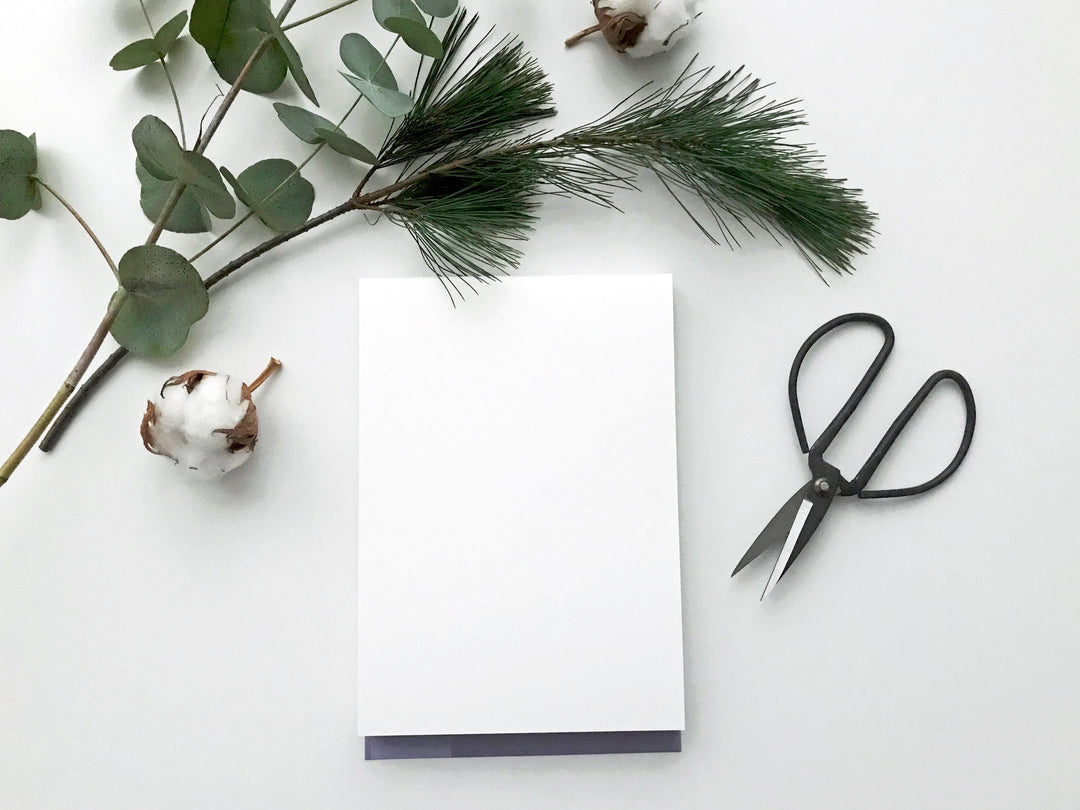
Bonsai Tools: How Can You Tell The Difference Between Quality And Garbage?
We all know by now that the three most important things for keeping bonsai trees are:
- Water
- Light
- Patience
Beyond that, there are only a few basic necessities that don’t directly relate to the above three things.
Those necessities, we call tools.
And like all tools, there is a wide variety to choose from — making it somewhat overwhelming.
Concave cutters, root rakes, and trimming shears are the main ones that we’re talking about here. Wire and wound sealant aren’t really meant to last like a hand tool, so they’re rightfully excluded here.
Thankfully, it’s rather easy to tell the difference between a quality bonsai tool, and a worthless piece of garbage in a pretty package.
How sharp is it?
A piece of junk bonsai tool will be dull, or will get dull quickly. Even with proper care, it won’t be a tool that holds an edge for long.
This is true for concave cutters, trimming shears, and everything else.
With a quality bonsai tool, it will be as sharp as it needs to be, and will hold its edge rather easily with proper care.
How easy is it to use?
A quality bonsai tool is always easy to use for the job it was intended for. It’s efficient, and not overly “dressed” for the task at hand.
It quickly and easily does what it’s supposed to do, and makes it look rather easy.
On the other hand, a tool that’s harder to use or not thoughtfully designed for the task it was designed to do, is going to get thrown in the trash after one or two attempts.
Ignore the price.
Strangely enough, the price is irrelevant when shopping for bonsai tools.
I’ve seen expensive tools work terribly, and “cheap” tools work wonders. I’ve seen a hand crafted masterpiece concave cutter cut like butter, and an inexpensive one fall apart after a few uses.
The moral of this story is: The price doesn’t indicate quality (no mater how hard the marketers try to convince you otherwise…)
It’s best to get advice, or act on a recommendation, from someone that knows what they’re talking about with this stuff.
What about online shopping?
While these are all good determinants to help you find a quality bonsai tool, how can you tell when shopping for bonsai tools online?
The short answer is, you can’t.
But… if you’re shopping at a store with a solid return policy (like this one), you can just return it if it’s terrible.
It’s a perfect way to get the tools you need, without the risk of buying a piece of junk.
Do you want to read more bonsai content like this?
Enter your info below to get fresh bonsai tips, tricks, photo collections and exclusive subscriber-only content delivered to your inbox every now and again.




Leave a comment